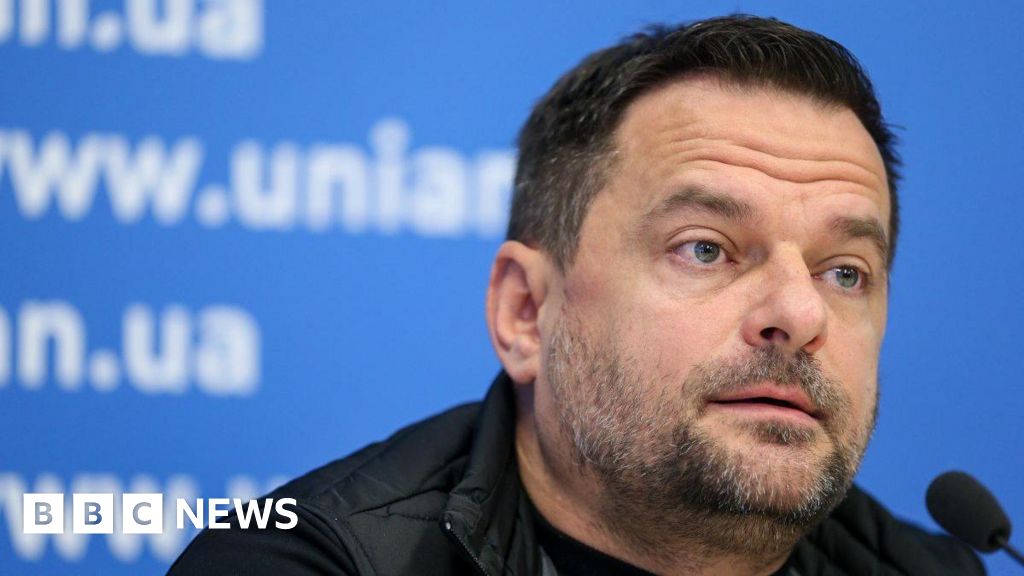Europe|Valérie André, Daring French Army Copter Pilot, Dies at 102
https://www.nytimes.com/2025/02/05/world/europe/valerie-andre-dead.html
You have a preview view of this article while we are checking your access. When we have confirmed access, the full article content will load.
She was the first woman to fly rescue missions in a combat zone, in Indochina and Algeria. She was also the first Frenchwoman to become an army general.

Feb. 5, 2025, 6:25 p.m. ET
Valérie André was 10 years old in 1932 when, armed with a congratulatory bouquet, she greeted the hero aviator Maryse Hilsz at the Strasbourg airfield in France.
She was already committed to becoming a doctor, an ambitious career goal for a young lady at the time. But she was so warmly received when she presented the flowers to Ms. Hilsz, who had just completed a record-breaking round-trip flight between Paris and Saigon, that she committed herself to another formidable objective: She decided to become an airplane pilot.
Valérie André not only pursued both professions; she thrived in them. She became a brain surgeon, a parachutist and a helicopter pilot who was said to be the first woman to fly rescue missions in combat zones for any military force. She was also the first Frenchwoman to be named a general and was a five-time winner of the Croix de Guerre, for bravery in Indochina and Algeria.
Image
Dr. André died on Jan. 21 in Issy-les-Moulineaux, a suburb of Paris. She was 102.
“It all began with the dream of a 10-year-old girl, flying like a star,” Olivia Penichou, a spokeswoman for the French Ministry of Defense, said in announcing the death on social media. “She worked with determination to ensure that the armed forces opened up to women specialties as closed as those of fighter pilot.”
The announcement did not say if any immediate family members survived.
In 120 combat missions in the early 1950s in the dense jungles and soggy rice paddies of Indochina, where the French were trying without success to repulse Communist guerrillas, Dr. André flew 168 wounded soldiers from the battlefields to hospitals in Hanoi — including enemy soldiers, when there was room on the two litters mounted on her single-seat Hiller chopper.

.png) 2 hours ago
2
2 hours ago
2










